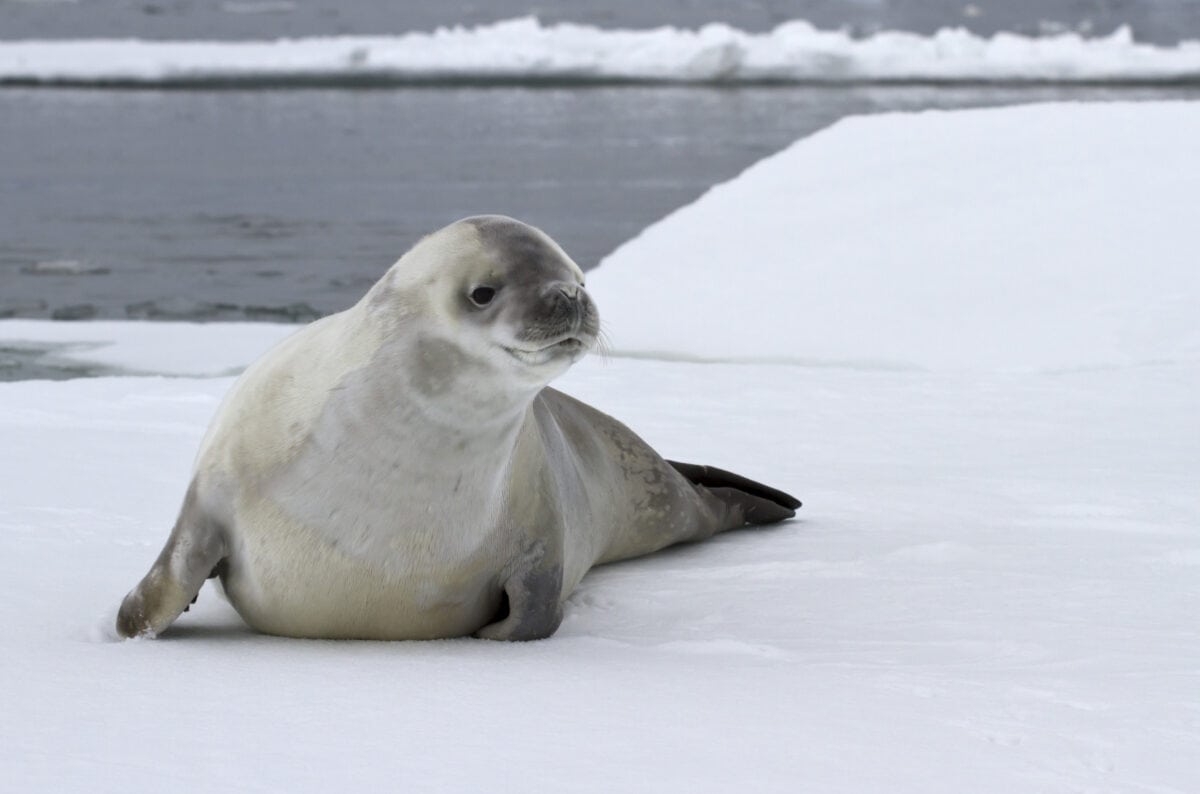In the vast expanses of Antarctica, amidst towering icebergs and frigid waters, resides one of the most enigmatic creatures of the Southern Ocean: the crabeater seal (Lobodon carcinophaga). Despite its name suggesting a diet of crabs, this fascinating species primarily feasts on krill, forming a crucial link in the Antarctic food web. Let’s delve into the world of crabeater seals, exploring their habitat, diet, characteristics, hibernation habits, and predators.
Habitat and Range:
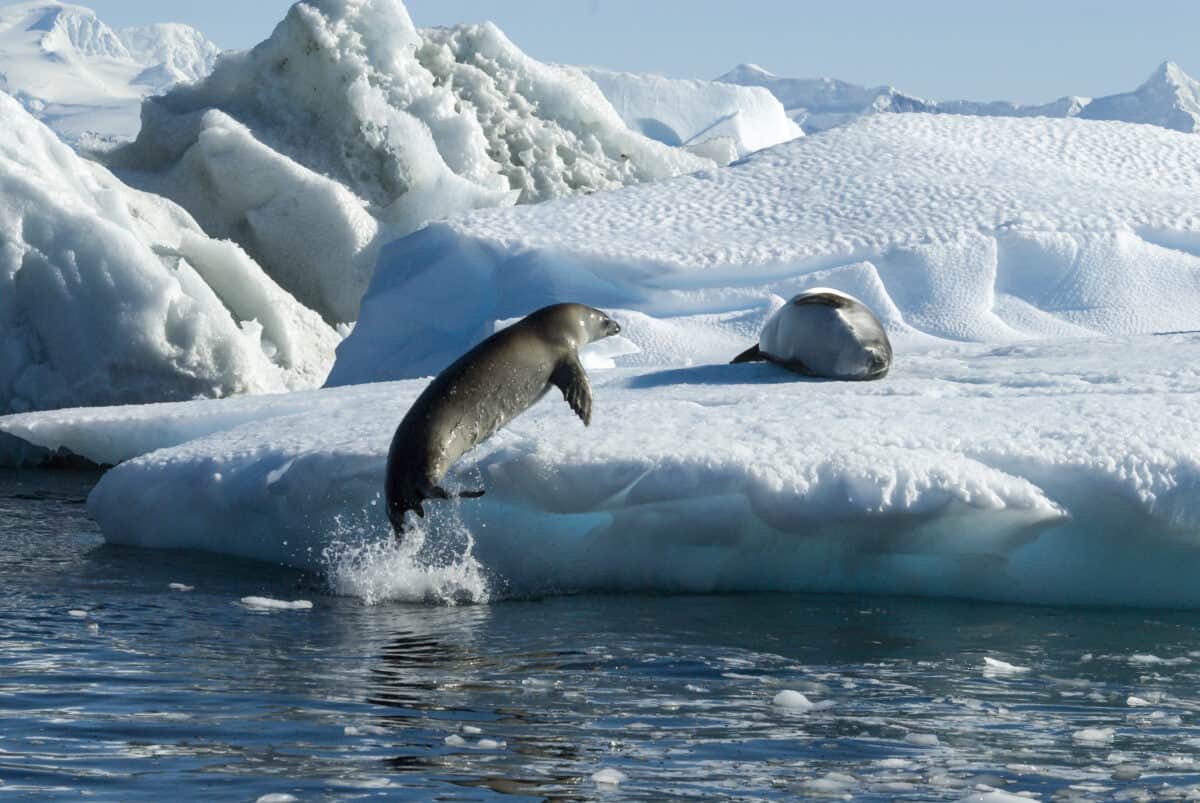
Well-adapted to the extreme conditions of the Antarctic region, they inhabit ice floes, ice shelves, and pack ice. Their range extends throughout the pack ice surrounding the continent, with sightings reported from the Antarctic Peninsula to the Ross Sea. These seals are highly nomadic, following the seasonal fluctuations of sea ice and the availability of prey.
Diet:
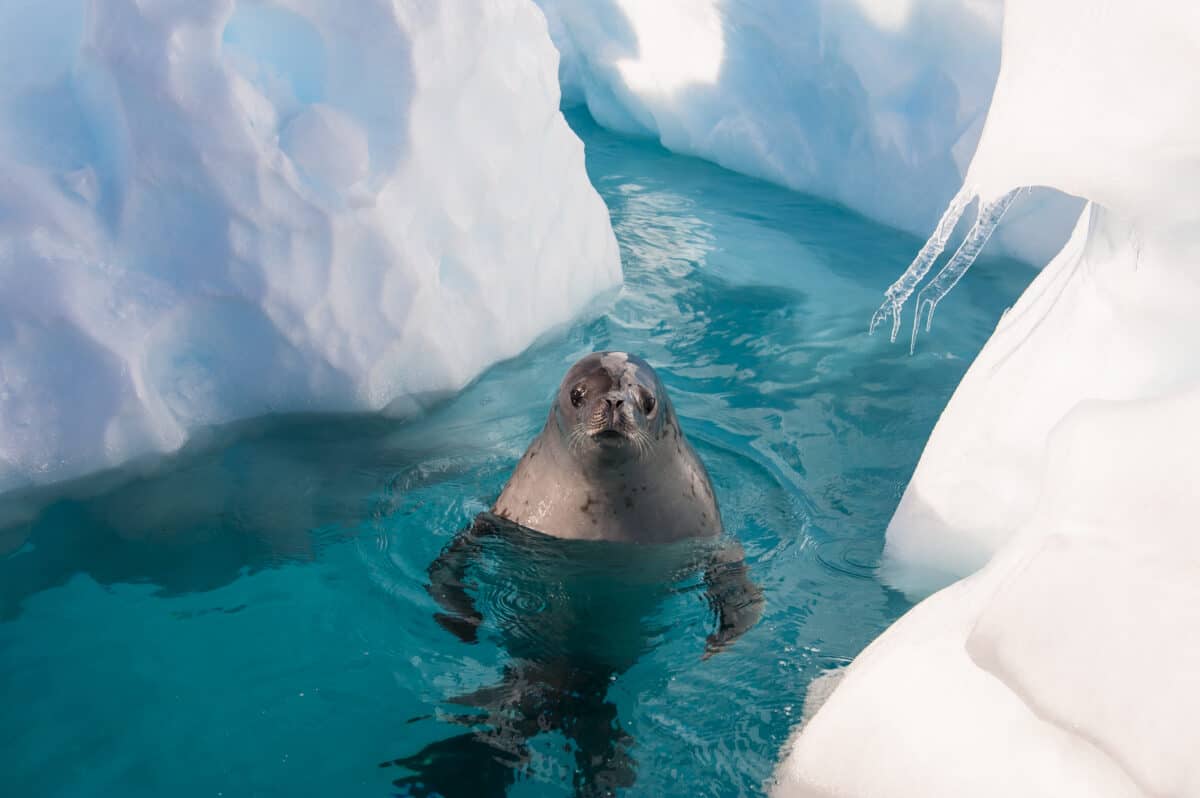
Despite their misleading name, crabeater seals are specialized feeders, with krill comprising the bulk of their diet. Using their finely serrated teeth, they sieve krill from the water in a process known as “crabeating.” They are incredibly efficient at filtering out krill, consuming massive quantities each day. In addition to krill, crabeater seals may also feed on fish and squid, though these make up a smaller portion of their diet compared to krill.
Characteristics:
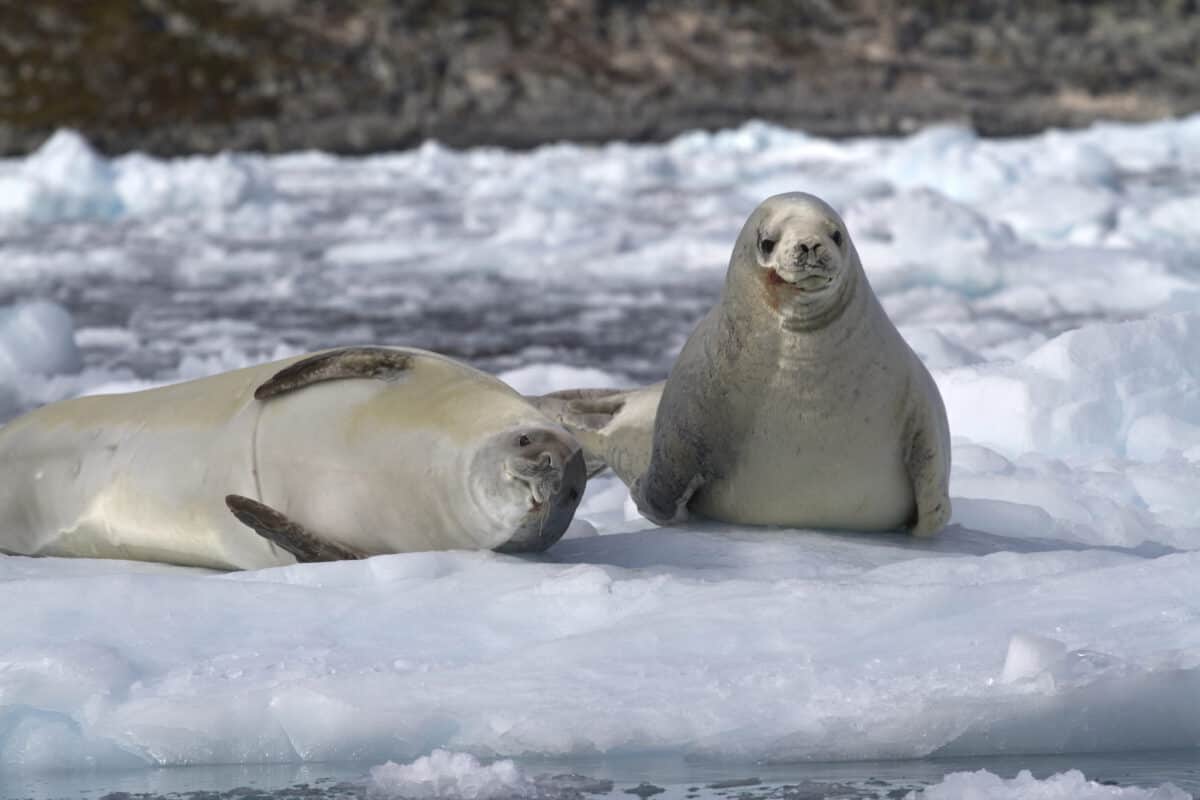
Crabeater seals possess several adaptations that make them well-suited to their Antarctic environment. They have streamlined bodies and powerful flippers, allowing them to navigate through icy waters with ease. Their fur is thick and dense, providing insulation against the freezing temperatures of the Southern Ocean. They exhibit remarkable diving abilities, capable of descending to depths of over 600 feet and holding their breath for up to 20 minutes.
Hibernation:
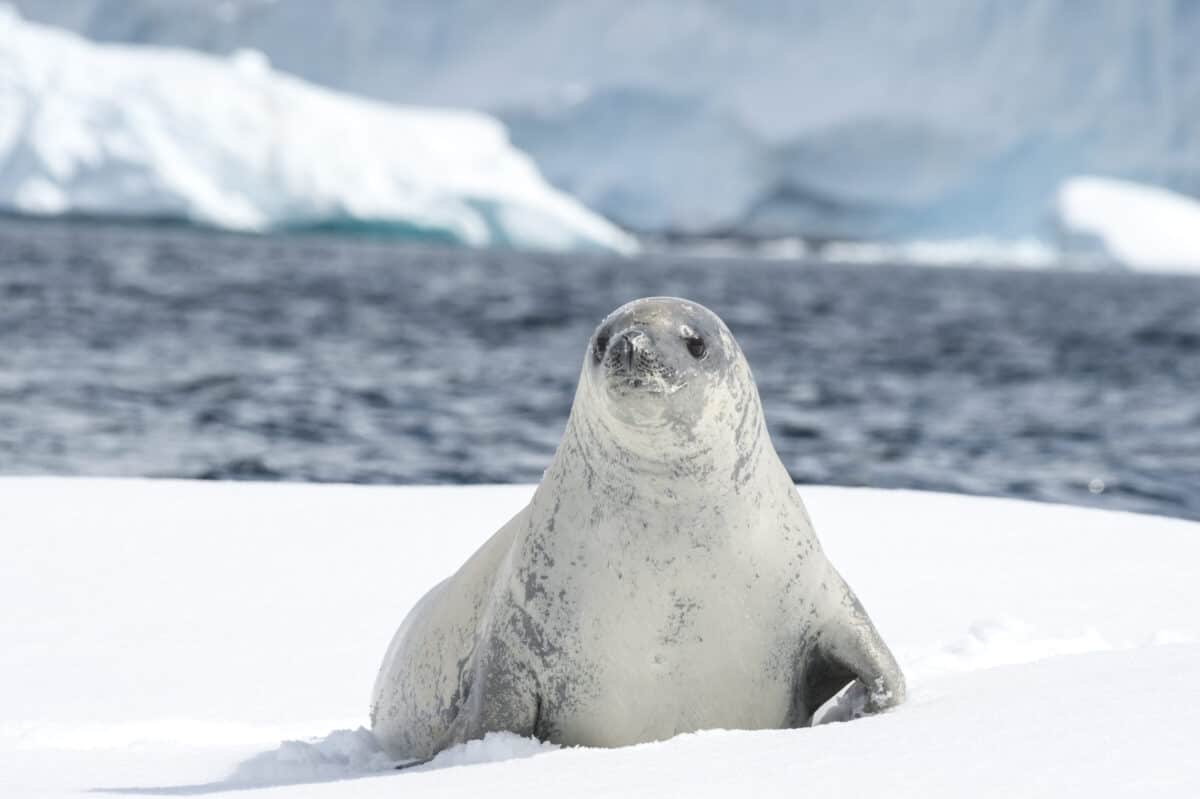
Unlike some other seal species, crabeater seals do not undergo true hibernation. Instead, they remain active throughout the year, foraging for food and breeding during the Antarctic summer months. However, during the winter, when sea ice expands and access to open water becomes limited, crabeater seals may spend more time resting on ice floes, conserving energy until conditions improve.
Predators:
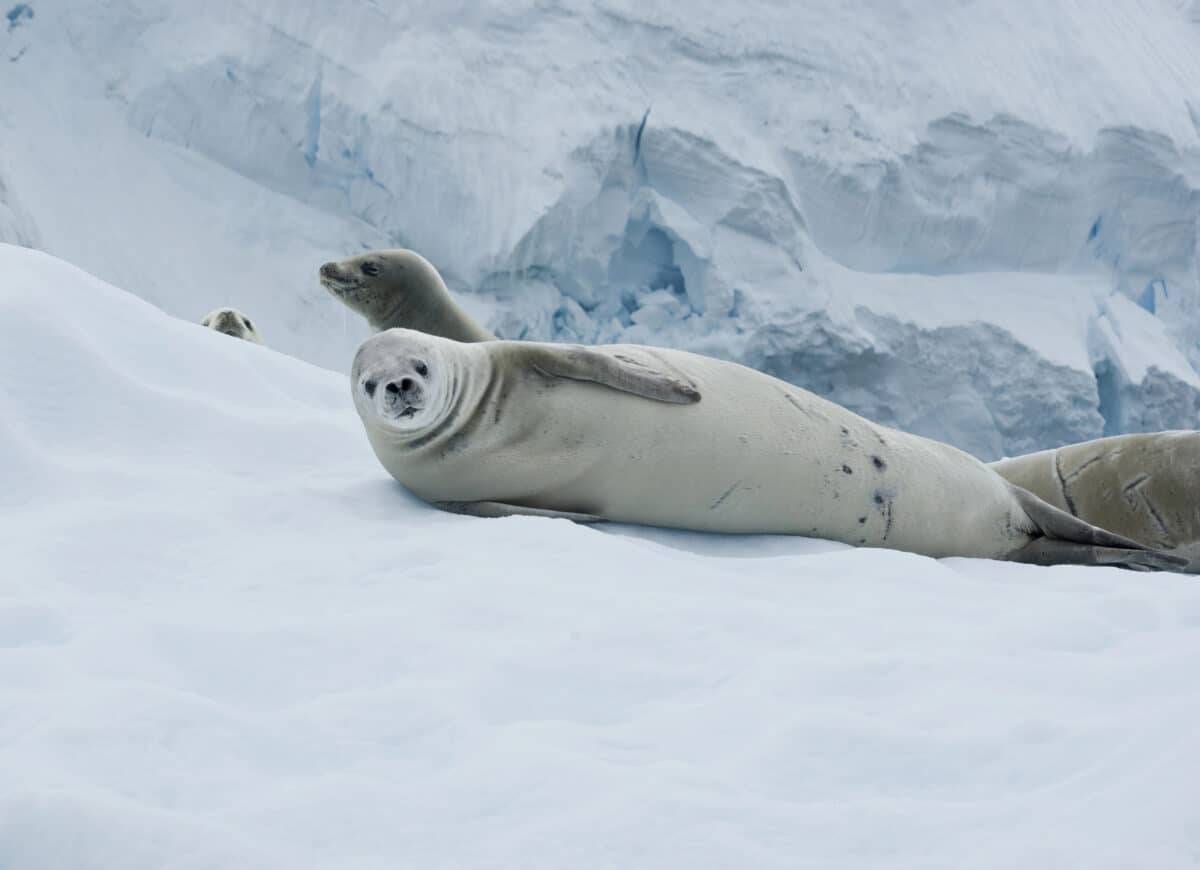
Despite their formidable size and strength, crabeater seals face predation from several natural threats. Leopard seals (Hydrurga leptonyx), another apex predator of the Antarctic, are known to prey on crabeater seals, particularly juveniles and smaller individuals. Additionally, killer whales (Orcinus orca) may occasionally target crabeater seals, though such interactions are less common. Human activities, including climate change, habitat destruction, and overfishing, also pose significant threats to their population, highlighting the importance of conservation efforts in protecting these unique marine mammals.
In conclusion, crabeater seals are remarkable creatures uniquely adapted to the harsh conditions of the Antarctic environment. Their specialized diet, diving abilities, and resilience in the face of adversity make them an integral part of the Southern Ocean ecosystem. By studying and understanding these fascinating animals, we can better appreciate the intricate web of life that exists in one of the most remote and inhospitable regions on Earth.
If you enjoyed this piece, you may enjoy these:
Join our Forum for free today!

- Second American Killed by Elephant in Zambia This Year - July 22, 2024
- Elderly Man Kills Grizzly Bear in Montana - July 22, 2024
- Missing Cat Found Weeks Later, 40 Miles Away - July 21, 2024

